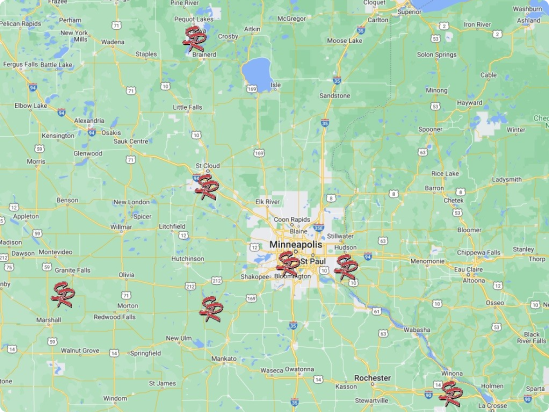Summer is a time when many commercial roofing problems occur. If you are a business owner relying on your commercial roof to keep your business running, you need to be aware of the most common summer roofing issues. These issues, if left unchecked, can create serious repair costs, which is why it’s important to always be aware of what they are and how they can impact your commercial roof.
Sun Damage
The sun can cause commercial roofing materials to fade and become brittle, leading to leaks and other more serious issues. Many building owners prevent sun damage by using a white reflective coating on their roofs. These coatings not only prevent sun damage, they can also keep your roof cooler. It’s also important to ensure your roofing ventilation is adequate so that heat can escape the building once it’s absorbed. Make sure to regularly inspect your roof can prevent damage caused by the sun.
Heavy Rain
Commercial roofs are not immune to leaks. Heavy rain can find its way into the smallest of holes, causing damage to the roof’s structure and leading to mold and mildew growth. Leaks also have the potential to cause electrical problems, creating fire hazards for your business. To prevent leaks, you should regularly check your roof for any signs of damage, including small holes, cracks, chips, etc., in the materials. If you see any damage, you should repair it immediately.
Storm Damage
Hurricanes, tornadoes, and other weather events can cause severe storm damage to your roof, which includes wind damage, hail damage, and tree damage. Wind can blow shingles off your roof and allow water to enter, hail can dent or crack your roof, and falling tree limbs can cause severe structural damage. To prevent storm damage, ensure that your roof is in good condition before storm season begins. After a storm, make sure to inspect your roof for any damage and repair it immediately.
Extreme Temperatures
Hot weather can cause your roofing materials to expand. As this happens over time, it can lead to cracks and leaks. Cold weather causes roofing materials to contract and can damage your roof by causing it to become brittle and susceptible to breakage.
You can prevent temperature extremes from damaging your roof by ensuring it is well-ventilated and maintained. Adequate ventilation will allow the heat to escape in the summer and prevent the roof from becoming too cold in the winter.
Moisture Damage
Moisture can damage your roof in several ways. It can cause the growth of mold and mildew, and it can also cause the materials to rot, weakening the roof’s structure. Extreme humidity can also cause older, uncoated metal components to rust. You should always ensure that your gutters are clear so water can drain properly, meaning it won’t be left to wear down materials for long periods. Also, if you see any mold or mildew, be sure to clean it immediately.
Moss Damage
Moss and algae often grow on commercial roofs in humid climates. While moss may not seem like a big problem, it can damage your roof by holding moisture against the materials. As noted above, extensive exposure to moisture leads to rot and other issues. Moss can also block gutters and cause water to back up onto the roof.
You can prevent moss damage by regularly cleaning your roof and removing any moss you see. You should also ensure that your gutters are clear so water can drain properly. If you live in a humid climate, you may want to consider using a moss-resistant roofing material that is approved by the manufacturer of your roofing materials.


